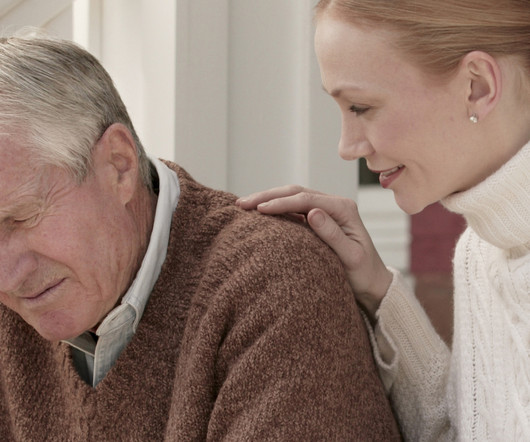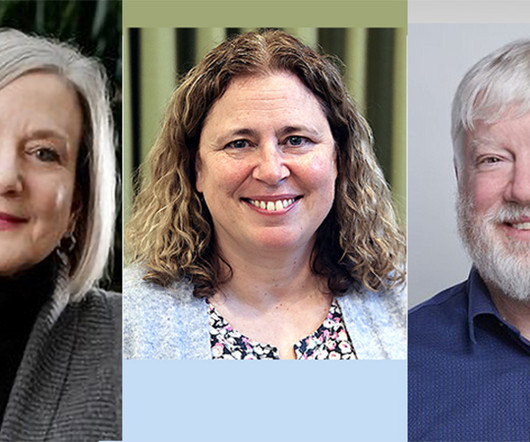Stoneridge Hospice Owner Rollie Seebert: Hospices Help Address the ‘Demographic Tsunami’
Hospice News
MARCH 25, 2024
Arizona-based Stoneridge Hospice launched services in 2020 with an aim to address a swelling aging population’s growing need for end-of-life care. The hospice provider also offers palliative care, veteran and bereavement services, and durable medical equipment (DME) and supplies.












Let's personalize your content